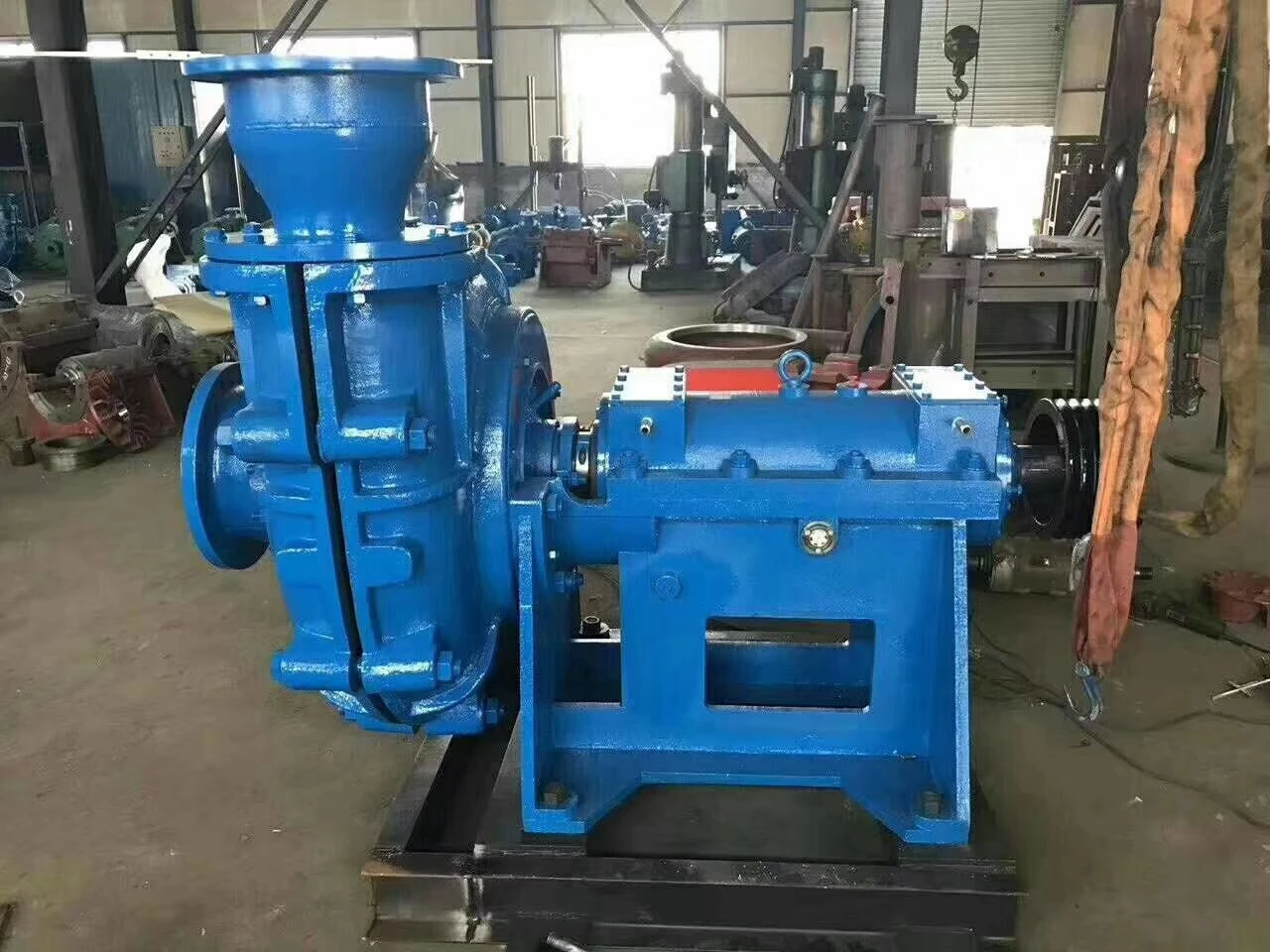English
- Afrikaans
- Albanian
- Amharic
- Arabic
- Armenian
- Azerbaijani
- Basque
- Belarusian
- Bengali
- Bosnian
- Bulgarian
- Catalan
- Cebuano
- Corsican
- Croatian
- Czech
- Danish
- Dutch
- English
- Esperanto
- Estonian
- Finnish
- French
- Frisian
- Galician
- Georgian
- German
- Greek
- Gujarati
- Haitian Creole
- hausa
- hawaiian
- Hebrew
- Hindi
- Miao
- Hungarian
- Icelandic
- igbo
- Indonesian
- irish
- Italian
- Japanese
- Javanese
- Kannada
- kazakh
- Khmer
- Rwandese
- Korean
- Kurdish
- Kyrgyz
- Lao
- Latin
- Latvian
- Lithuanian
- Luxembourgish
- Macedonian
- Malgashi
- Malay
- Malayalam
- Maltese
- Maori
- Marathi
- Mongolian
- Myanmar
- Nepali
- Norwegian
- Norwegian
- Occitan
- Pashto
- Persian
- Polish
- Portuguese
- Punjabi
- Romanian
- Russian
- Samoan
- Scottish Gaelic
- Serbian
- Sesotho
- Shona
- Sindhi
- Sinhala
- Slovak
- Slovenian
- Somali
- Spanish
- Sundanese
- Swahili
- Swedish
- Tagalog
- Tajik
- Tamil
- Tatar
- Telugu
- Thai
- Turkish
- Turkmen
- Ukrainian
- Urdu
- Uighur
- Uzbek
- Vietnamese
- Welsh
- Bantu
- Yiddish
- Yoruba
- Zulu
Telephone: +86 13120555503
Email: frank@cypump.com
Nov . 15, 2024 02:45 Back to list
mining slurry pump
Understanding Mining Slurry Pumps An Essential Component for Efficient Operations
In the mining industry, operational efficiency is paramount, especially when it comes to the transportation of materials. One of the critical components that facilitate this process is the mining slurry pump. Designed for the heavy-duty requirements of mining applications, these pumps play a vital role in handling the transportation of slurry – a mixture of water and minerals or ores. Understanding the function, types, and maintenance of mining slurry pumps can significantly enhance operational efficiency and reduce downtime.
What is a Mining Slurry Pump?
A mining slurry pump is designed specifically for pumping a mixture of liquid and solid materials, often found in minerals processing. Unlike standard water pumps, slurry pumps are engineered to handle abrasive and corrosive materials, making them essential for operations in environments where the content is not only heavier but also more challenging to manage. These pumps are capable of moving both thick liquids and mixtures containing larger solid particles without causing blockages.
Types of Mining Slurry Pumps
There are various types of mining slurry pumps available, each designed to cater to specific operational needs. The most common types include
1. Centrifugal Slurry Pumps These are the most widely used in the mining industry. They utilize rotational energy to move slurry through the pump. The centrifugal force generated by the impeller propels the slurry, making these pumps suitable for transferring thick slurries over long distances.
2. Positive Displacement Pumps These pumps move slurry by trapping a fixed volume of material and forcing it through the discharge. They are particularly useful for high-viscosity slurries or where precise flow control is essential.
mining slurry pump

3. Submersible Slurry Pumps Designed to operate submerged in the slurry, these pumps are often employed in dewatering applications, where excess water must be removed from mining sites. They are particularly effective in environments with high water tables and can handle the hard, abrasive materials typically found in such situations.
Importance of Slurry Pumps in Mining Operations
Mining slurry pumps are critical for several reasons. Firstly, they ensure the continuous transport of slurry from one point to another, which is essential for maintaining productivity. Efficient slurry transportation also reduces wear and tear on pipeline systems and other equipment, leading to lower operational costs.
Moreover, slurry pumps are designed to minimize downtime through their robust construction and efficiency. Regular maintenance and proper selection of pumps for specific applications can extend the service life of the pumps and maximize their performance, ultimately contributing to overall operational success.
Maintenance of Mining Slurry Pumps
To ensure optimal performance, regular maintenance of mining slurry pumps is vital. Key maintenance practices include
- Regular Inspections Consistent checks on pump operation, including for leaks, unusual noises, and vibration, can help identify potential issues before they escalate. - Routine Cleaning Maintaining a clean pump and surrounding area can prevent blockages and improve efficiency. - Part Replacement Frequent wear components, such as impellers and liners, should be monitored and replaced as needed to avoid operational failure.
In conclusion, mining slurry pumps are an indispensable part of the mining process, facilitating the efficient transport of slurry and contributing to reduced operational costs. Understanding their types and maintenance practices is crucial for mining operations to optimize productivity and reduce downtime. Properly maintained slurry pumps help ensure that mining operations run smoothly, which is a top priority in the competitive mining industry.
-
ISG Series Vertical Pipeline Pump - Chi Yuan Pumps Co., LTD.
NewsJul.30,2025
-
ISG Series Vertical Pipeline Pump - Chi Yuan Pumps Co., LTD.|energy-efficient fluid handling&industrial durability
NewsJul.30,2025
-
ISG Series Vertical Pipeline Pump - Chi Yuan Pumps | Advanced Engineering&Industrial Efficiency
NewsJul.30,2025
-
ISG Series Pipeline Pump - Chi Yuan Pumps | High Efficiency, Energy Saving
NewsJul.30,2025
-
ISG Series Vertical Pipeline Pump-Chi Yuan Pumps|High Efficiency&Reliable Performance
NewsJul.29,2025
-
ISG Series Vertical Pipeline Pump|High Efficiency&Low Noise
NewsJul.29,2025










